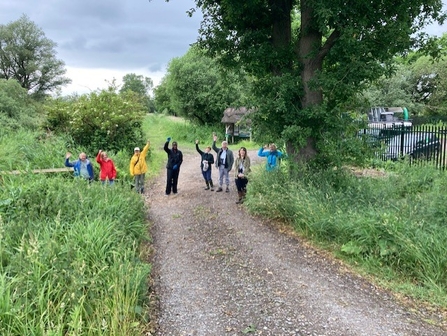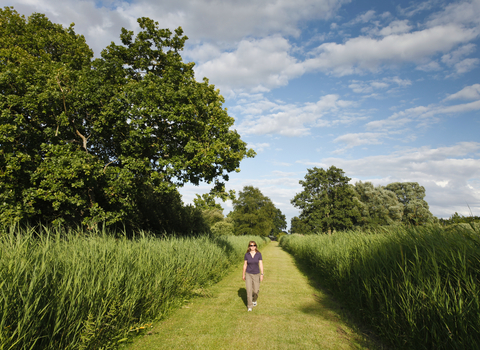What better way to ‘Celebrate the Fens’ than with a walk around one of the oldest nature reserves in the UK, Woodwalton Fen. This remnant Fen forms a part of the more recent landscape-scale project of the Great Fen, which, at its core, aims to join Woodwalton Fen and Holme Fen through land acquisition and restoration, thus protecting and buffering these special places for the future.
I was met with eight eager faces on the entrance bridge which crosses into this magical site, none of whom had visited Woodwalton Fen before so a real morning of discovery lay ahead. It was a cool day for June and the first conversations were about the crazy weather we are seeing in 2021! The consequence was very little activity from flying insects such as dragonflies, which a week earlier had been too numerous to count, and butterflies which have been noticeably absent so far this year. The birds too were a bit subdued but we were treated to a cuckoo singing before we had set foot inside the reserve…. a first ever hearing for one of our company.












